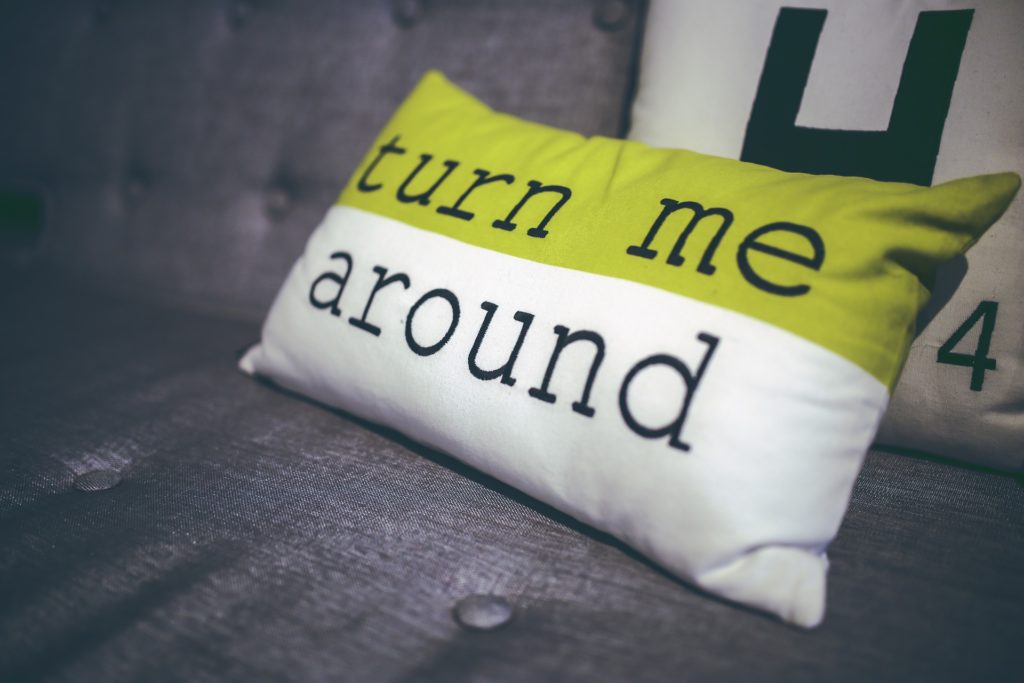Your best cuddle buddy in the world is perhaps your pillow. There’s no place you’d rather be night after night than in the arms of your snuggle pillow … and yet they could also be the ideal breeding ground for bacteria and diseases, and they certainly beg to be replaced.
Did you know that up to a third of the weight of your pillow could be made up of bugs, dead skin, dust mites and their faeces? O_o
That’s right. You need to replace pillows, even your favourite ones.
Although we are quite content with changing the pillow cases often, Dr. Arthur Tucker, a research scientist who studied the health quotient of hundreds of pillows used by patients in hospitals run by Barts and the London NHS Trust commented “‘People put a clean pillow case on and it looks and smells nice and fresh but you are wrapping up something really nasty underneath.”
Then, how often should you replace pillows to stay on the hygiene spectrum of things? Let’s see.
Here’s a quick trick to learn if you should be shopping for new pillows: “If you have a non-foam pillow, fold it in half. If the pillow doesn’t spring back to its usual flat form, it’s time to buy a new one,” says Nancy Rothstein, a consultant and educator who calls herself the “sleep ambassador.”
“If you have a plain-old, inexpensive polyester pillow, you should be replacing it every six months,” says Michael Breus, Ph.D., a clinical psychologist and author of the book Good Night. “But if you have a memory foam pillow or any one with structural integrity, it’ll last you anywhere from 18 to 36 months.”
So there you go, the secret behind replacing pillows is out; from the mouths of the experts themselves.
The next best thing to replacing pillows could be buying a pillow protector and washing those often. Between replacing pillows, sleep experts also recommend washing pillow covers every three weeks in the washing machine. The pillows themselves need to be washed once every three months: Synthetic pillows can go in the washing machine, while down feather pillows should be dry-cleaned.
Sleeping on unclean pillows or pillows that have long spent their lifetime could cause allergies, especially to dust mites. Acne too can be a result of these critters that love to cling on to your pillows.
It is interesting to note that the protein that triggers reactions to dust mites is not airborne. This proves that if dust allergy sufferers’ symptoms are much stronger either in the mornings as soon as they wake up, or in the night, their pillows may be the cause. More specifically, the critters and mites on those pillows.
Beside the matter of hygiene, expired pillows may not even be serving their purpose of holding up your head or providing you with the needed support any longer.
So be aware of these signs and symptoms, do the pillow test and make sure your pillows are replaced in time.

